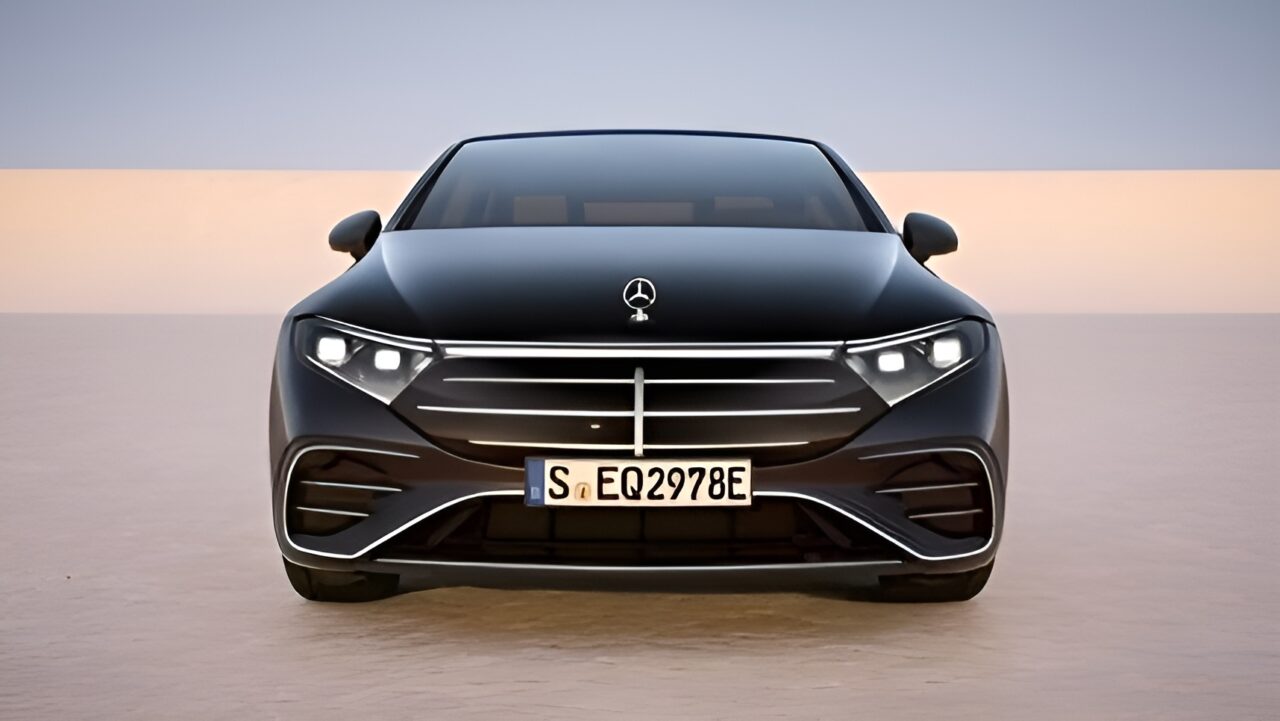
Mercedes-Benz Reimagines its Electric Vehicle Strategy Amidst EQS Design Debate and Shifting Market Dynamics
The Mercedes-Benz EQS, the marque’s flagship electric sedan, has sparked considerable debate since its introduction. While lauded for its technological advancements and aerodynamic prowess, its unconventional design has drawn criticism, particularly regarding its perceived "mouse-like" shape. Mercedes-Benz, however, stands firm in its vision, positioning the EQS as a bold step towards the future of automotive design. The company’s design team views the EQS as catering to a new generation of luxury car buyers, those who appreciate innovation and are open to departing from traditional aesthetics.
Gorden Wagener, Chief Designer at Mercedes-Benz, directly addressed the design controversy in a recent interview with ABC News. He acknowledged that the EQS wasn’t intended to directly replace the iconic S-Class for its traditional customer base. Instead, Wagener emphasized that the EQS represents a distinct design philosophy, one geared toward attracting customers seeking a more modern and forward-thinking aesthetic. This statement clarifies Mercedes-Benz’s positioning of the EQS: not as a simple electric successor to the S-Class, but as a standalone model designed to appeal to a different segment of the luxury market.
The pursuit of aerodynamic efficiency was a central tenet in the design of the EQS. Mercedes-Benz engineers and designers relentlessly worked to minimize drag, resulting in an exceptionally low drag coefficient of 0.20. This achievement showcases the company’s commitment to maximizing the range and overall efficiency of its electric vehicles. The low drag coefficient directly translates into reduced energy consumption and increased driving range, making the EQS a more practical and appealing option for environmentally conscious consumers. Furthermore, the pursuit of aerodynamic excellence demonstrates Mercedes-Benz’s dedication to pushing the boundaries of automotive engineering and design.
Beyond the design debate and aerodynamic achievements, Mercedes-Benz is strategically reevaluating its approach to branding its electric vehicle lineup. The company has decided to gradually phase out the "EQ" sub-brand, opting instead to integrate electric models more seamlessly into its existing portfolio of internal combustion engine (ICE) and hybrid vehicles. This decision signifies a shift in strategy, driven by a combination of factors, including slower-than-anticipated sales growth in the electric vehicle segment and the enduring consumer preference for established model names.
Under this new nomenclature, future electric versions of existing models will be identified by appending "EQ Technology" to the traditional model name. For example, a fully electric S-Class will be branded as the "S-Class EQ Technology," while plug-in hybrid variants will be called "S-Class EQ Hybrid Technology." This integrated branding strategy aims to leverage the brand recognition and established reputation of Mercedes-Benz’s core models, making it easier for consumers to understand and embrace the transition to electric mobility. By associating electric technology with familiar names like S-Class and C-Class, Mercedes-Benz hopes to alleviate consumer confusion and foster greater acceptance of its electric vehicle offerings.
The decision to abandon the "EQ" sub-brand reflects a pragmatic response to evolving market conditions. While electric vehicle adoption is steadily increasing, the pace of growth has not met the initial projections of many automakers. Concerns about range anxiety, charging infrastructure availability, and the higher upfront cost of electric vehicles continue to influence consumer purchasing decisions. By integrating electric models into its existing lineup, Mercedes-Benz aims to address these concerns and make the transition to electric vehicles more approachable and appealing to a broader audience.
Despite the change in branding strategy, Mercedes-Benz remains deeply committed to its electric future. The company has ambitious plans to launch a total of 17 new electric models by 2027, demonstrating its unwavering dedication to electrification. This significant investment underscores Mercedes-Benz’s belief that electric vehicles will ultimately become the dominant form of transportation. The company is actively developing a comprehensive range of electric vehicles, spanning various segments and price points, to cater to the diverse needs and preferences of its global customer base.
The 17 new electric models slated for launch by 2027 will likely encompass a variety of body styles, including sedans, SUVs, and potentially even coupes and convertibles. Mercedes-Benz is expected to leverage its extensive expertise in automotive engineering and design to create electric vehicles that not only deliver exceptional performance and efficiency but also embody the brand’s signature luxury and refinement. These new electric models will likely incorporate advanced technologies, such as enhanced battery management systems, faster charging capabilities, and sophisticated autonomous driving features.
The evolution of Mercedes-Benz’s electric vehicle strategy highlights the dynamic nature of the automotive industry. As consumer preferences shift and technological advancements continue to reshape the landscape, automakers must adapt and refine their approaches to remain competitive. The company’s decision to re-evaluate its branding strategy and integrate electric models into its existing lineup reflects a proactive response to these changing market dynamics. While the design of the EQS may continue to be a subject of debate, Mercedes-Benz remains steadfast in its commitment to innovation and its vision for a future defined by electric mobility. The company’s ambitious plans to launch 17 new electric models by 2027 demonstrate its unwavering dedication to shaping the future of the automotive industry.
